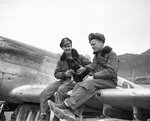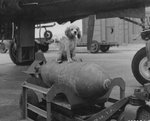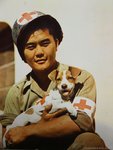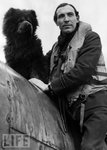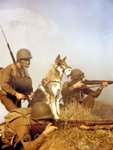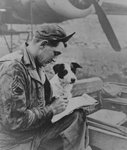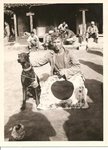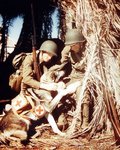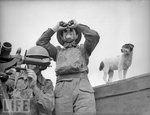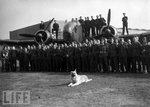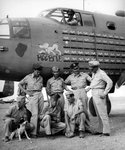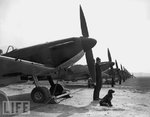imalko
Chief Master Sergeant
Picture of Turtle with the Balkenkreuz painted on the shell was already posted on the previous page...
Follow along with the video below to see how to install our site as a web app on your home screen.
Note: This feature may not be available in some browsers.
Ad: This forum contains affiliate links to products on Amazon and eBay. More information in Terms and rules
